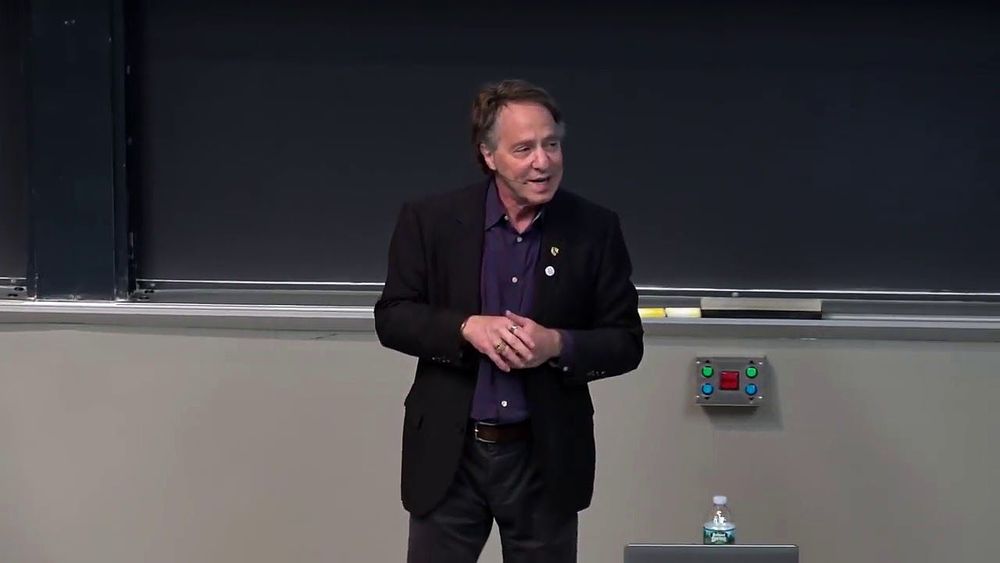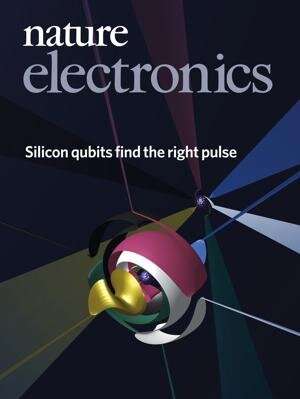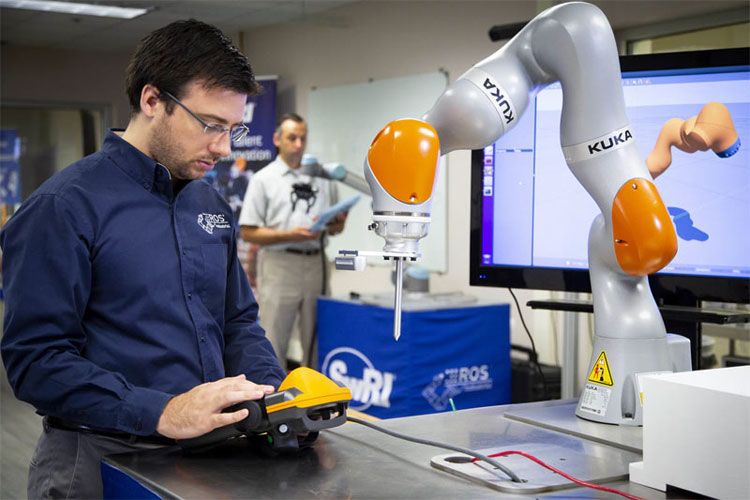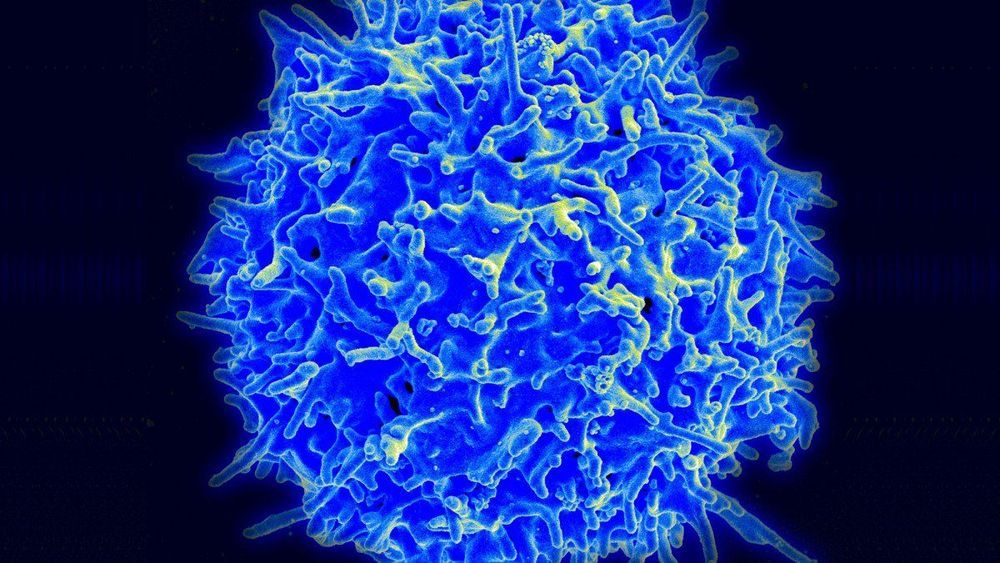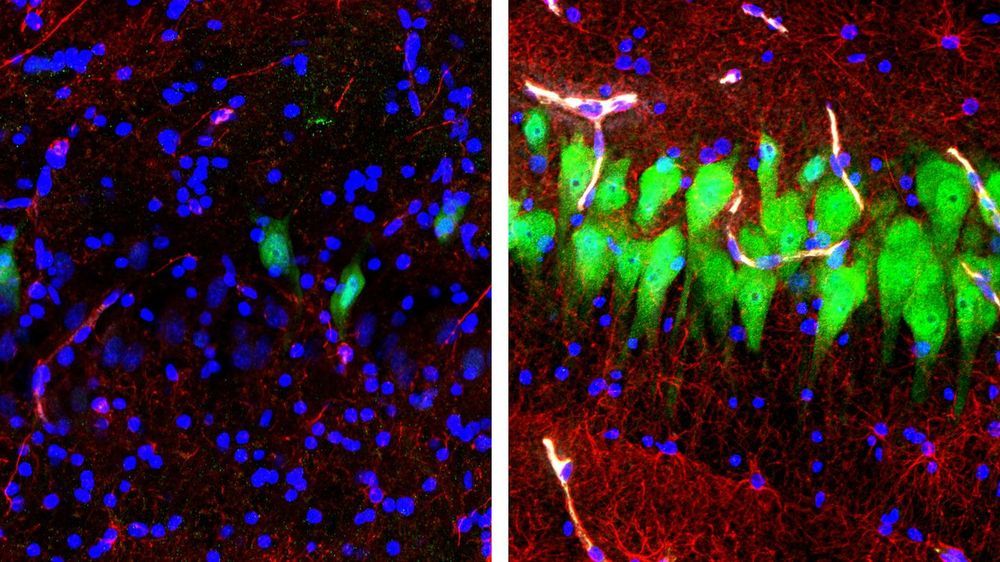Apr 17, 2019
Yale scientists restore brain function of 32 dead pigs
Posted by Paul Battista in categories: biotech/medical, life extension
Yale is making waves. They have had great Research papers over the past 3 years. Some of which has proven my constant words now for two decades that we have a pandemic plague that attacks our individual Eukaryotic cells the day long causing What AEWR Has named the Senesonic plague the disease we have called aging. Respect r.p.berry & AEWR https://adamandevewordresearch.blogspot.com/
The researchers did not hail from House Greyjoy — “What is dead may never die” — but came largely from the Yale School of Medicine. They connected 32 pig brains to a system called Brain Ex. Brain Ex is an artificial perfusion system — that is, a system that takes over the functions normally regulated by the organ. Think a dialysis machine for the mind. The pigs had been killed four hours earlier at a U.S. Department of Agriculture slaughterhouse; their brains completely removed from the skulls.
Brain Ex pumped an experiment solution into the brain that essentially mimic blood flow. It brought oxygen and nutrients to the tissues, giving brain cells the resources to begin many normal functions. The cells began consuming and metabolizing sugars. The brains immune system kicked in. Neuron samples could carry an electrical signal. Some brain cells even responded to drugs.
Continue reading “Yale scientists restore brain function of 32 dead pigs” »

